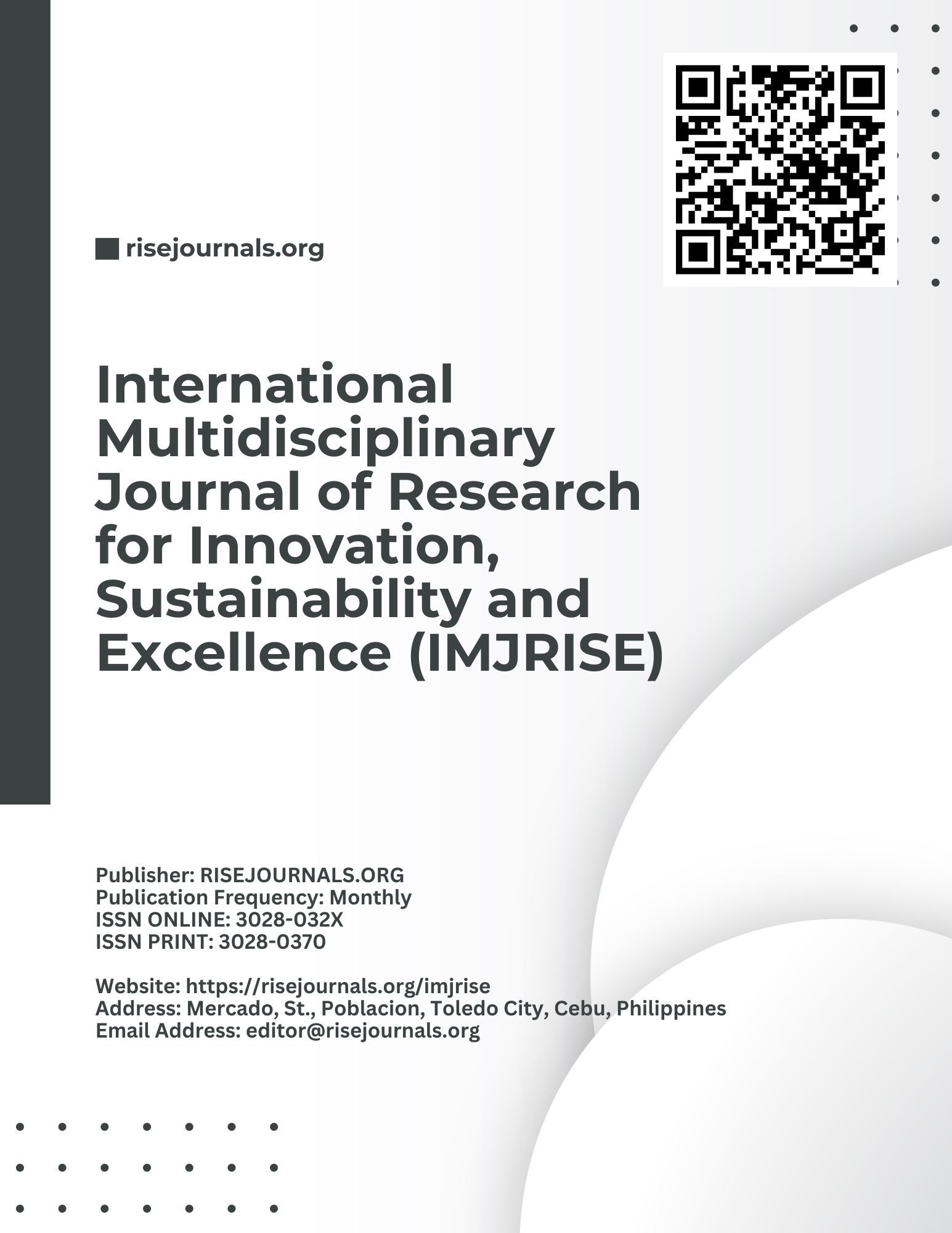CLM-Based Activities for Grade 7 P.E.
Keywords:
Physical Education and Sports, Cooperative Learning Method, Descriptive Research, Toledo City, Cebu, PhilippinesAbstract
This research determined the effectiveness of Cooperative Learning Method in the teaching of Physical Education to the Grade 7 students at Luray II Barangay High School, Toledo City, Cebu during the school year 2018-2019 as basis for enhanced learning activities. Specifically, this answered the following questions: the performance of the students in Tinikling in terms of describing its origin or location, demonstrating its dance sequence and promoting folk dancing as physical activity; the level of effectiveness of Cooperative Learning Method as to group activities and collaboration; significant relationship between the performance of the students and their perception and the enhanced learning activities that can be proposed. This research utilized the descriptive-correlational method on a 100 Grade 7 respondents consisting of 50 males and 50 females. The statistical tools used in the treatment of data were Mean and Standard Deviation, Weighted Mean and Chi-square. Based on the data gathered, the competencies: describing the origin of folk dance, demonstrating its dance sequence and promoting folk dancing, the grand mean was verbally interpreted as Competent. On the perception of effectiveness of Cooperative Learning Method as to group activities and collaboration, it was found out that the students perceived CLM as to group activities and collaboration as Very Effective in their performance in physical education. Based on the overall result, students’ performance in Tinikling was competent based on the three competencies using Cooperative Learning Method. Hence, Cooperative Learning Method was effective in improving the students’ performance in physical education. Based on the findings and conclusions arrived at in this study, it is recommended that the enhanced learning activities developed in this study are effective tools in helping students improve and master their skills in physical education.
References
André, A., Deneuve, P., & Louvet, B. (2011). Cooperative learning in physical education and acceptance of students with learning disabilities. Journal of applied sport Psychology, 23(4), 474-485.
Barrett, T. (2005). Effects of cooperative learning on performance of sixth-grade physical education students. Journal of teaching in Physical Education, 24(1), 88-102.
Clinton, B. D., &Kohlmeyer III, J. M. (2005). The effects of group quizzes on performance and motivation to learn: Two experiments in cooperative learning. Journal of Accounting Education, 23(2), 96-116.
Dyson, B. (2001). Cooperative learning in an elementary physical education program. Journal of teaching in Physical Education, 20(3), 264-281.
Dyson, B. (2002). The implementation of cooperative learning in an elementary physical education program. Journal of teaching in Physical Education, 22(1), 69-85.
Fransen, J., Kirschner, P. A., &Erkens, G. (2011). Mediating team effectiveness in the context of cooperative learning: The importance of team and task awareness. Computers in Human Behavior, 27(3), 1103-1113.
Goudas, M., &Magotsiou, E. (2009). The effects of a cooperative physical education program on students’ social skills. Journal of applied sport Psychology, 21(3), 356-364.
Kuo, Y. C., Chu, H. C., & Huang, C. H. (2015). A Learning Style-based Grouping Cooperative Learning Approach to Improve EFL Students' Performance in English Courses. Journal of Educational Technology & Society, 18(2).
Poellhuber, B., Chomienne, M., &Karsenti, T. (2008). The effect of peer collaboration and cooperative learning on self-efficacy and persistence in a learner-paced continuous intake model. Journal of Distance Education, 22(3), 41-62.
Tran, V. D. (2014). The effects of cooperative learning on the academic achievement and knowledge retention. International Journal of Higher Education, 3(2), 131.
Veenman S., van Benthum, N., Bootsma, D., van Dieren, J., & van der Kemp, N. (2002). Cooperative learning and teacher education. Teaching and Teacher Education, 18(1), 87-103.


